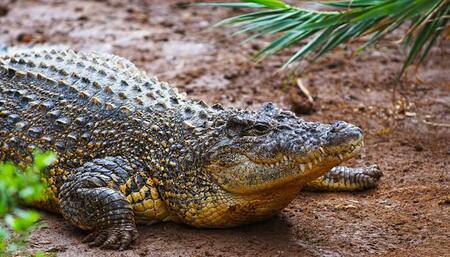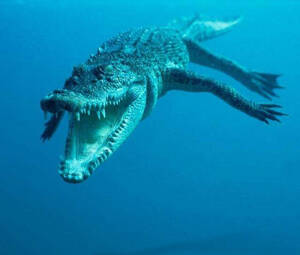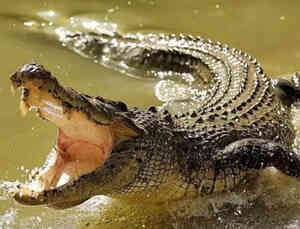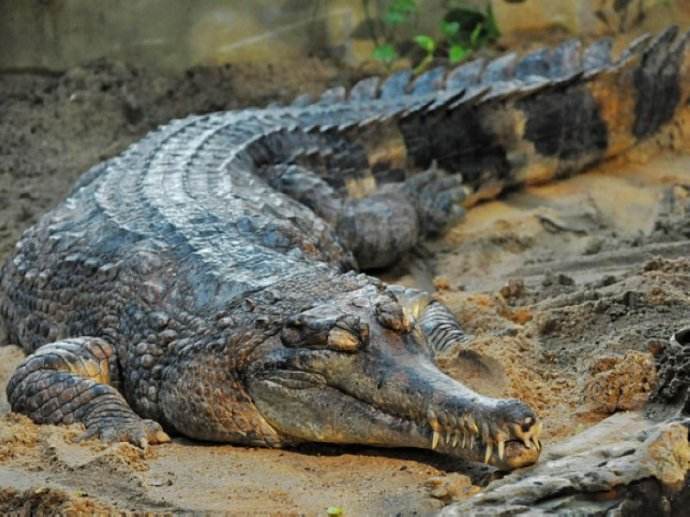
Crocodilia
Crocodilia (scientific name: Crocodile, foreign name: Crocodile) is a typica···

Crocodylus porosus
Estuarine Crocodile,Salt-water Crocodile,Sea crocodile, saltwater crocodile, hoole, man-eating crocodile, estuarine crocodile, Malayan crocodile, naked neck crocodile
Saltwater crocodile (scientific name: Crocodylus porosus) is also known as E···

Alligator sinensis
Alligator sinensis ,Chinese Alligator,Alligator, Chinese alligator, earth dragon, pig dragon
The Yangtze alligator, Alligator sinensis (Fauvel, 1879), was called tuó in···

Tomistoma schlegelii
Malayan alligator, Malayan crocodile
The Malayan crocodile looks very similar to the Ganges crocodile (Gavialis g···
